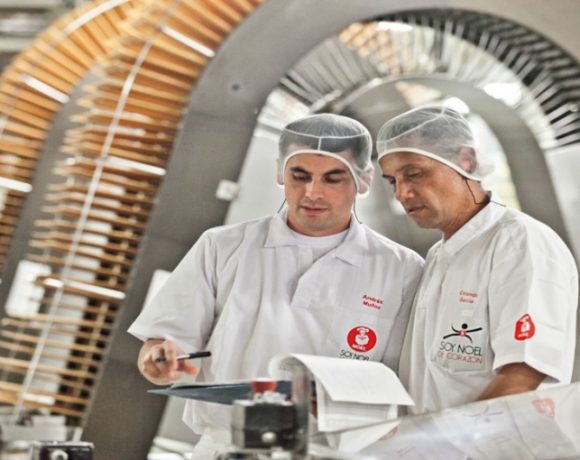Antioquia Economy to Grow 3.3% in 2016: Medellin Chamber of Commerce

The Chamber of Commerce of Medellin for Antioquia (CCMA in Spanish initials) announced February 23 that it expects the Antioquia departmental economy to grow by about 3.3% this year, down from 3.6% in 2015.
The latest economic outlook indicates that 2016 “won’t be easy for the country nor for the [Antioquia] region,” CCMA calculates.
Among the global macroeconomic factors affecting Colombia: a crash in world oil prices, possible interest-rate hikes by the U.S. Federal Reserve, and slowing economic growth in China, according to CCMA.
Yet despite those head-winds, Antioquia still managed to see positive regional economic growth last year, unlike its neighbors in Venezuela and Ecuador.
As for national factors affecting the 2016 economic outlook, Colombia’s central government must cut spending this year and must become much-more efficient in tax collection, according to the business trade group.
On the up-side, a surge in spending for massive “fourth generation” (4G) highway projects will boost Antioquia’s economic development, jobs and the construction industry in the near term.
Those “4G” projects – also known as the “Prosperity Highways” – will boost Antioquia’s gross domestic product (“PIB” in Spanish initials) by an extra 1.5 percent points over baseline, with annual “PIB” likely to exceed 6% in coming years, according to the group.
Those new investments in highway infrastructure would help Antioquia overcome its currently poor ranking (19th) among Colombia’s 32 departments, and its current 16th-place ranking in cost of transporting goods to ocean ports. Following the “4G” construction, freight transport costs would plummet by 38%.
The under-development “Darién International Port” in Antioquia’s Urabá region of the Caribbean likewise would cut freight-travel distances between Medellin, Bogota and the “coffee regions” by 18% to 41% compared to shipping to and from Cartagena and Barranquilla, the trade group pointed-out. Freight transport costs likewise would be slashed by 18% to 50%.
Education, Enterprise Investments
Greater investment in basic education (currently 12th place) and higher education (currently 7th place) also would help Antioquia boost its economic competitiveness versus its departmental neighbors, according to CCMA. Antioquia also comes in at a relatively poor 6th place nationwide in bilingualism, the group noted.
As for national rankings for creation of new business enterprises, Antioquia is sixth, while its tax burden puts it in 18th place. Its construction-permit facilitation also is a relatively poor 16th, according to CCMA.
On the other hand, Antioquia is second only to Bogota in “sophistication in productive apparatus,” according to the report. Nevertheless, this hasn’t yet translated into a wider diversification of exports, as Antioquia needs to boost exports of goods and services with greater value-added — and to a wider number of destination markets, according to the trade group.
Of the 187 countries that now receive export products or services from Antioquia, 80% of those exports go to just 10 countries: the USA, Switzerland, Ecuador, Mexico, Peru, Belgium, the UK, Italy, Venezuela and Germany, according to CCMA.
Three product groups account for nearly 50% of the total Antioquia exports: gold, bananas and motor vehicles. Of manufactured-goods exports, 49% are “low technology” while 36% are “medium-technology,” according to the group. Only 2% of exports are classified as “high technology,” according to CCMA’s report.
















